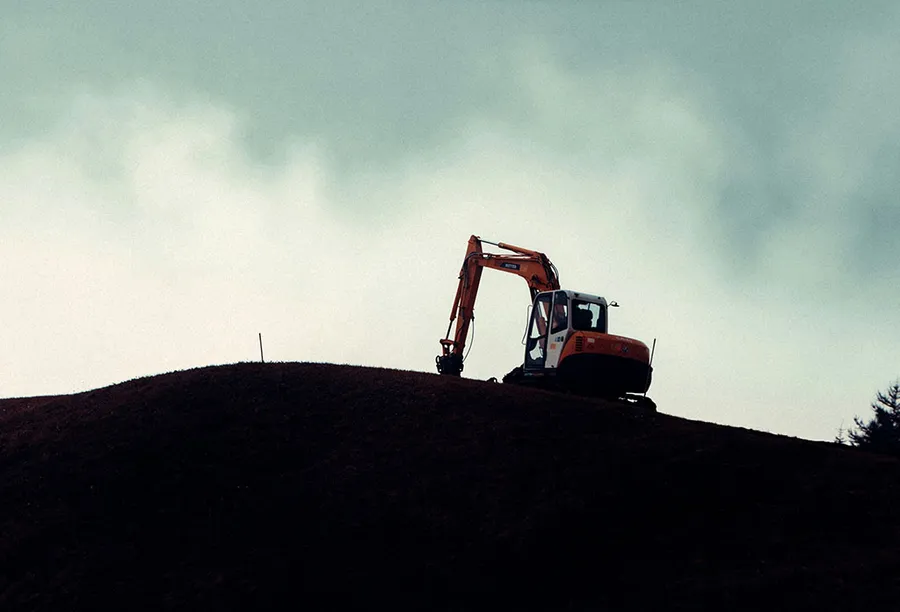Forklift Rental for Construction Sites: What You Need to Know
On any construction site, time is money—and efficiency is key. That’s why forklifts are essential tools for moving heavy materials, transporting pallets, lifting equipment, and keeping your site running smoothly. But owning a forklift isn’t always practical or cost-effective, especially for short-term or seasonal projects.
That’s where forklift rental comes in. Whether you’re managing a large-scale build or a smaller job site, renting the right forklift can save you time, reduce overhead, and boost productivity. In this article, we’ll break down everything you need to know about forklift rental for construction sites—from choosing the right type to safety tips and cost considerations.
1. Why Rent a Forklift for a Construction Site?
Construction sites are dynamic, high-demand environments, where equipment must adapt to changing needs. Renting a forklift gives you:
✔ Flexibility – Rent for a few days, weeks, or months, depending on the scope of your project.
✔ Cost savings – Avoid large upfront investments, maintenance, and storage costs.
✔ Access to specialized equipment – Choose from a wide range of forklifts designed for outdoor and heavy-duty use.
✔ Quick delivery – Get the equipment delivered directly to your site and ready to go.
Renting is ideal for general contractors, subcontractors, builders, and site managers who want to keep operations running efficiently without the burden of ownership.
2. Best Forklift Types for Construction Projects 🏗️
Not all forklifts are built the same. On a construction site, you’ll need durable, high-capacity machines that can handle uneven terrain, heavy loads, and outdoor elements. Here are the most common options:
🔹 Rough Terrain Forklifts
- Designed for: Uneven surfaces, gravel, mud, and outdoor use
- Features: Large pneumatic tires, high ground clearance, powerful engines
- Use Case: Transporting lumber, bricks, steel, pallets of materials across rugged job sites
🔹 Telescopic Handlers (Telehandlers)
- Designed for: Reaching high elevations and extended reach tasks
- Features: Extendable boom arm, 4-wheel drive, multiple attachments
- Use Case: Lifting materials to rooftops or upper floors, placing heavy loads at height
🔹 Standard Propane or Diesel Forklifts
- Designed for: Mixed-use projects and flat terrain
- Features: High lifting capacity, good for both indoor and outdoor tasks
- Use Case: Moving pallets, unloading trucks, warehouse loading zones on site
Optional Attachments
Maximize forklift efficiency with:
- Fork extensions for oversized materials
- Bucket attachments for loose material
- Lifting hooks for hoisting tools and gear
3. Key Considerations Before Renting a Forklift
To get the most out of your rental, ask yourself the following:
✅ What are you lifting?
Know the weight and size of your loads to select a forklift with the right lifting capacity and fork length.
✅ How high do you need to lift?
Some construction projects require reaching multi-story levels—make sure the forklift's lift height meets your needs.
✅ What’s the terrain like?
For rugged, uneven ground, choose rough terrain forklifts or telehandlers. For flatter surfaces, a standard diesel model might suffice.
✅ How long do you need it?
Most providers offer daily, weekly, and monthly rates. Longer rental periods typically offer better value per day.
✅ Do you need delivery?
If you don’t have the equipment to transport the forklift, ask about on-site delivery—especially in cities like Virginia Beach, Chesapeake, Norfolk, Portsmouth, and Suffolk.
4. Safety Tips for Using Forklifts on Construction Sites 🦺
Construction sites are full of movement, people, and potential hazards. Keep your team safe by following these forklift safety tips:
🔒 Only allow trained and certified operators to use forklifts.
🔒 Perform a pre-use inspection before every shift.
🔒 Never exceed the weight capacity of the forklift.
🔒 Keep the load low while moving and drive slowly on uneven terrain.
🔒 Be aware of blind spots, overhead obstacles, and pedestrian traffic.
🔒 Use high-visibility gear and communication tools like spotters or radios.
5. How Much Does It Cost to Rent a Forklift for Construction? 💰
Rental prices vary based on the type of forklift, location, and rental duration.
📦 Delivery fees, fuel, and attachments may cost extra, so always ask for a detailed quote.
6. Where to Rent Forklifts in Virginia Beach, Norfolk & Chesapeake
Local availability can make or break a construction schedule. If you’re operating in Hampton Roads (Virginia Beach, Norfolk, Chesapeake, Portsmouth, or Suffolk), look for rental companies that offer:
✔ Quick response times
✔ On-site delivery & pickup
✔ Flexible rental terms
✔ A wide selection of construction-ready forklifts
Pro Tip: Renting locally can help avoid high transportation fees and get equipment delivered the same or next day.
Conclusion: Power Up Your Construction Site with the Right Forklift
Forklift rental for construction projects is a smart, flexible, and cost-effective way to keep your job site running efficiently. From rough terrain forklifts to high-reaching telehandlers, the right equipment can save you hours of labor and keep your project on schedule.
📞 Need a forklift for your next construction job in Virginia Beach, Chesapeake, or Norfolk? Contact us today for expert advice, competitive rates, and fast delivery. We’ll help you lift smarter and build faster. 🚧💪
#ConstructionEquipment #ForkliftRental #JobsiteSolutions #VirginiaBeachConstruction #HeavyLifting #ContractorTools #NorfolkBusiness
.Copyof20-575319385a06fec5e4042ebfb207011bcbf51042682d44378520c373833a3c5e.jpg)
